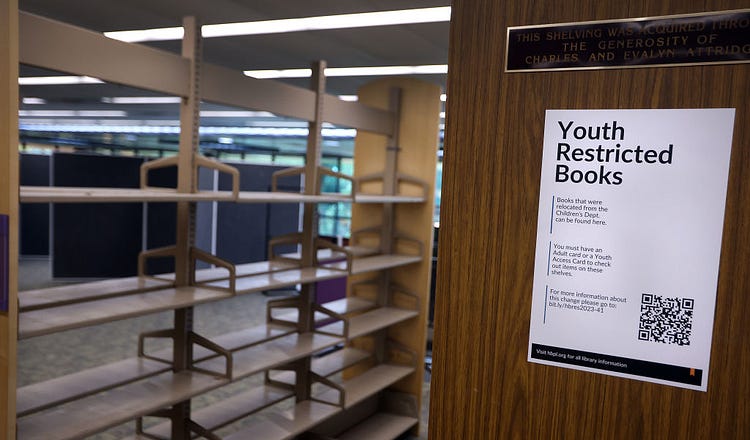When a Book Ban Isn’t a Book Ban

(Photo by Rick Loomis for The Washington Post via Getty Images)
A new report claims record numbers of books are being censored. James Fishback says that there’s more to the story.
42
Last week the American Library Association (ALA) published its annual list of the “Top 10 Most Challenged Books of 2023,” claiming there is more censorship than ever on library shelves.
According to the ALA report, 4,240 titles were “targeted for bans” in schools and libraries last year, a record high and up 65 percent from the previous year.
But to reac…
Continue Reading The Free Press
To support our journalism, and unlock all of our investigative stories and provocative commentary about the world as it actually is, subscribe below.
$8.33/month
Billed as $100 yearly
$10/month
Billed as $10 monthly
Already have an account?
Sign In

